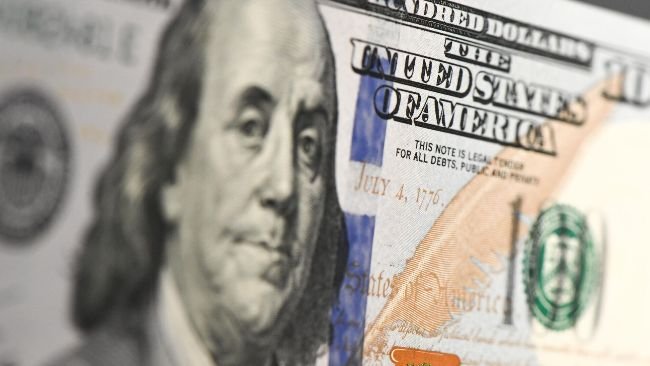Stablecoin Rails is at a tempo to problem present cross-border networks by 2026. Month-to-month on-chain greenback settlements are already working in trillions, with service provider entry increasing via mainstream processors.
Following the stay dashboard on RWA.xyz, Stablecoins traveled round $3.3 trillion on the chain in July, with round 39.7 million lively addresses, and Stablecoin Worth is near $259 billion.
The crossover case is accessible on three levers. Firstly, cost entry has been improved. Stripe mentioned it reintroduced crypto funds beginning with USDC for Solana, Ethereum and Polygon, and returned Stablecoins to a typical checkout circulation with extra function rollouts in 2025.
Following Coinbase and PayPal, the PYUSD conversion price was waived on April twenty fourth, and the combination will enable service provider settlements on PYUSD instead of card rails.
Second, the off-ramp price decreases for Ethereum L2 after rising blob capability for Dencon and Pectra, following Galaxy’s 4844 evaluation and subsequent BLOB-Market updates, decreasing the median rollup transaction prices to the low cent vary, with real-time price trackers exhibiting subdime transmissions on the principal L2.
Third, cash-like yields on tokenized T-Buildings have gotten a pull issue for the Ministry of Finance and Fintech flows. The Rwa.xyz monetary panel exhibits the on-chain T-build worth at about $7 billion, and Securitize says BlackRock’s Buidl fund surpassed its $3 billion AUM in June.
Framing benchmark issues. Visa’s 2024 10-Ok cites $16 trillion in whole funds and money volumes, whereas Swift Supplies references about $300 billion a day in GPIs in capital market flows, demonstrating how legacy networks mixture giant worth actions throughout use instances.
Modeling future stubcoin funds
Since neither Stablecoin Funds is an identical sequence, the state of affairs lens is extra helpful for the 2026 crossover story than a uncooked sum headline comparability.
A easy ahead mannequin pinned to observable drivers generates a $2026 trillion cost vary, starting from $3 trillion to $5 trillion.
Product owner’s rails unfold via stripes and fee-free PYUSD conversion, transfers, B2B utilization normalize, off-ramp penetration into mainstream accounts rising via processors and exchanges, and a pair of% to three% consecutive addresses are assumed to be compounded in month 2% to three% to take care of the price of sustaining L2 prices.
Apply conservative haircuts to exclude inside substitute churn and enhance the cash-out issue of 10% to twenty% each few months. Below these constraints, annual end-user funds clear $3 trillion within the base case, pushing in direction of $5 trillion when handle development and common tickets develop collectively.
Remittance prices additionally created a wedge, with the World Financial institution RPW citing the worldwide common of 6.26% as of March twenty seventh.
Macro tail winding strengthens the ground. The present legislation, the US Genius Act, requires Fiat-backed reserves and month-to-month disclosures, strengthening the reliability of {dollars} and glued charges, and even short-term Treasury calls for sitting behind many tokens.
In price, Galaxy’s work has seen a lower in income from roll-up charges, and has improved margins since 4844, and is per sustained low end-user charges as capability will increase.
When accepted, PayPal cites tens of thousands and thousands of service provider relationships in submitting and trade trackers, coupled with Stripe’s return to Stablecoin Checkout, expands its distribution throughout encryption and native channels.
The 2026 crossover will not be about swift or changing playing cards, however relatively about absorbing velocity, price and particular corridors the place 24/7 settlements are binding constraints. On-chain quantity is already enough, and the charges compressed by the L2 upgrades, in addition to regulatory transparency, will encourage causality.









